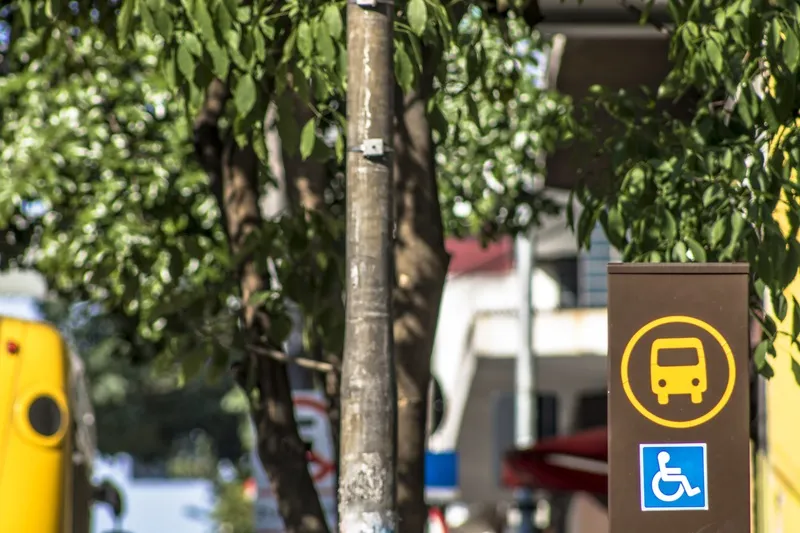Sheffield City Council is using cloud-based software from QRoutes to plan and refine around 145 routes for its Special Education Needs (SEN) Transport service. The UK council provides transport for 1,000 children to around 35 schools.
Mike Keen, Sheffield’s senior transport officer, says the web-based solution’s multi-layered mapping allows users to view as many routes as required.
Keen adds: “It takes about 30 seconds to run a plan and the system will give us an array of around ten different solution
June 6, 2018
Read time: 1 min
Sheffield City Council is using cloud-based software from 8661 QRoutes to plan and refine around 145 routes for its Special Education Needs (SEN) Transport service. The UK council provides transport for 1,000 children to around 35 schools.
Mike Keen, Sheffield’s senior transport officer, says the web-based solution’s multi-layered mapping allows users to view as many routes as required.
Keen adds: “It takes about 30 seconds to run a plan and the system will give us an array of around ten different solutions to consider – that would have taken days to do in the past.”
The SEN fleet includes a range of minibuses and large specialist wheelchair life vehicles that carry up to 16 passengers. The council also uses outsourced taxi services to transport 130 passengers that fall outside the scope of its fleet.










